There was a time, not so long ago, when worried Israelis would listen out for daily updates on the water level of the Sea of Galilee (or the Kinneret, as it is known in Hebrew).
It’s the country’s only significant freshwater lake and was, until recently, its primary source of water.
So it was a national concern if the level dropped, as it often did during the summer months, day-by-day, centimeter-by-centimeter.
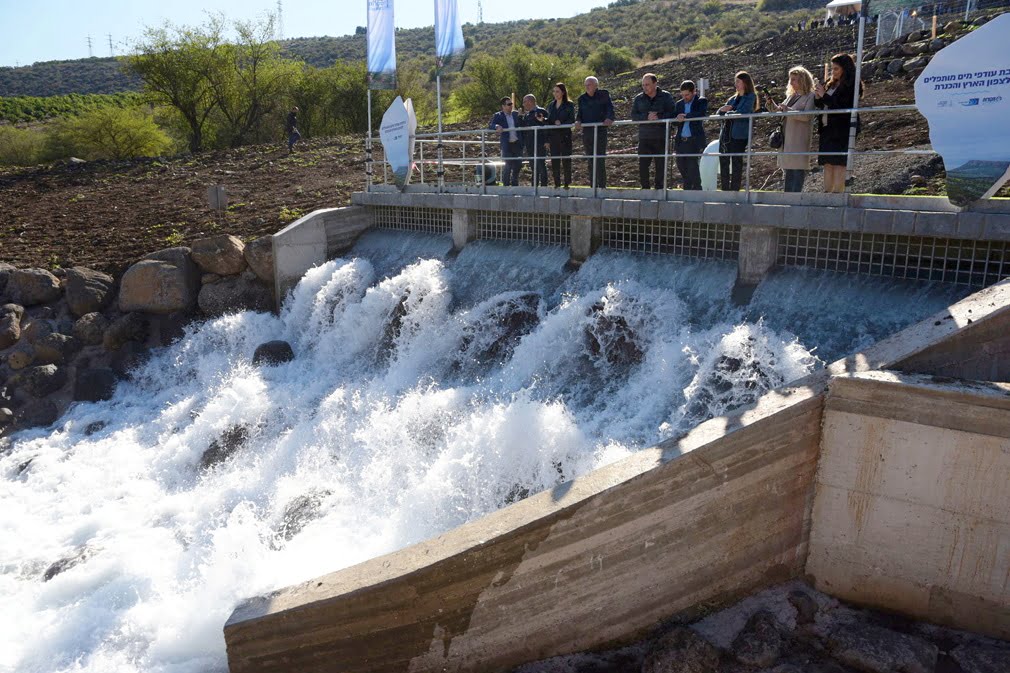
The upper red line (danger), was bad news. The lower red line (pumping from the lake prohibited) was worse, and the black line (risk of permanent damage) was terrible.
Today the water level of the Kinneret is longer such a problem. Israel has been desalinating water from the Mediterranean since 2005.
And in recent months, it completed a $250 million infrastructure project that allows it to top it up the lake with water from its five desalination plants in the south of the country.
A newly-built network of underground pipelines, pumping stations, and local reservoirs means Mekorot, the national water company, and the Israel Water Authority can now turn on the tap as and when needed, and water will immediately start flowing into the Kinneret.
For the final 3km of its journey the water emerges from underground pipes at Nahal Zalmon, reviving an otherwise dried-out riverbed.

It took four years to build the National Carrier Flow Reversal Project, so called because the country’s traditional flow of water – from north to south – has been reversed.
Since 1964, water from the Kinneret, in the north, was piped south, to supply the whole of the country. Now Israel is reversing that flow.
Incidentally, the Sea of Galilee, as it’s known in English, is actually a lake – the largest in Israel and the lowest freshwater lake below sea level in the world at 215 meters (705 ft).
Nowadays the lake functions primarily as an emergency water source, and to provide Israel’s neighbor Jordan with desperately-needed water, as part of a 1994 peace treaty.
The Kinneret is a popular tourist attraction, especially for Christian pilgrims. It is, according to the Gospel of Matthew, the place where Jesus walked on water.
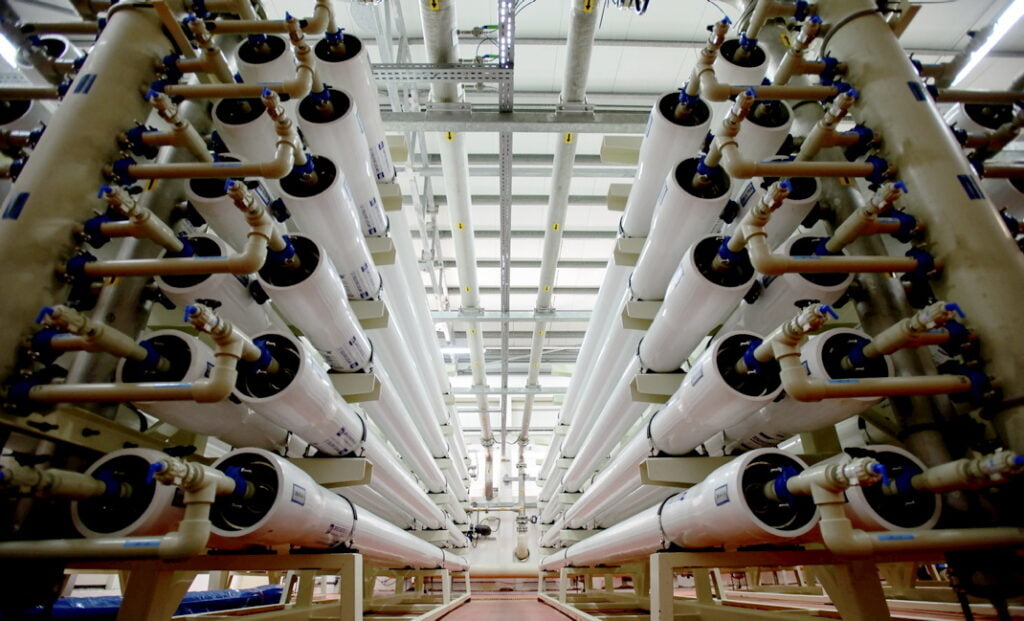
The project to fill it up with desalinated sea water is the first of its kind in the Middle East, and possibly anywhere in the world.
“Instead of taking the water from north to south, we’re taking it from south to north and reversing the flow back to the Sea of Galilee,” says Lior Gutman, press officer for Mekorot.
“It’s very rare project. I don’t know about what’s going on worldwide. But for the Middle East, it’s the first of its kind. I can tell you that for certain.”
Sign up for our free weekly newsletter
SubscribeIsrael is now a water-rich country, no longer fixated on whether the expected 20 inches of rain a year will actually fall, and safe in the knowledge that its existing desalination plants, plus the two additional facilities under construction, have almost infinite capacities.
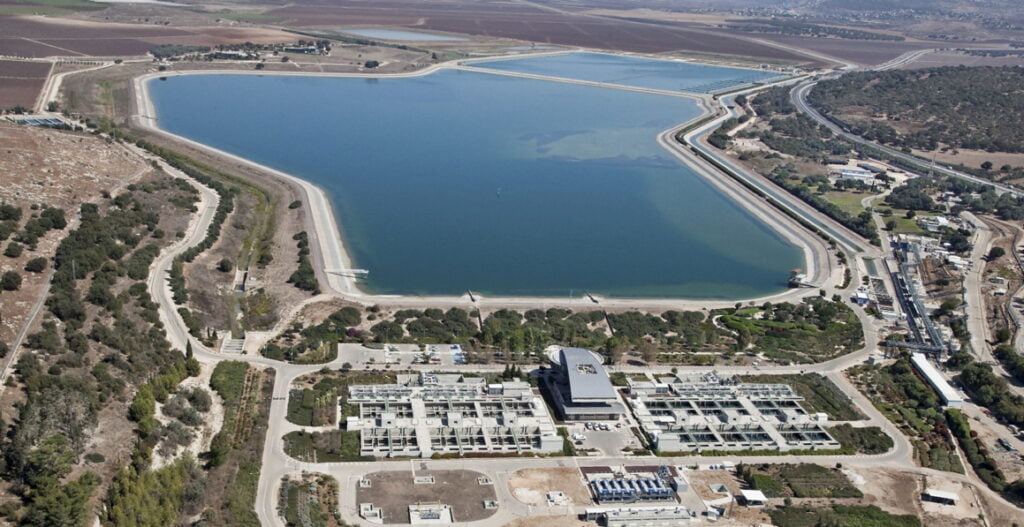
“The level of the Kineret doesn’t really matter nowadays in terms of providing or not providing water,” says Gutman.
Having said that, it does still play a key role in supplying Jordan, a country that is all but landlocked, with water.
Israel recently doubled the volume of water it sends to Jordan every year from the Kinneret, from 50 million cubic meters to 100 million – from 10 percent of its needs to 20 percent.
“Even though the level of the water kept on going down between 2013 and 2018, and even though we stopped pumping from there for our use, we kept on providing the Kingdom of Jordan with 50 million cubic meters per year,” says Gutman.
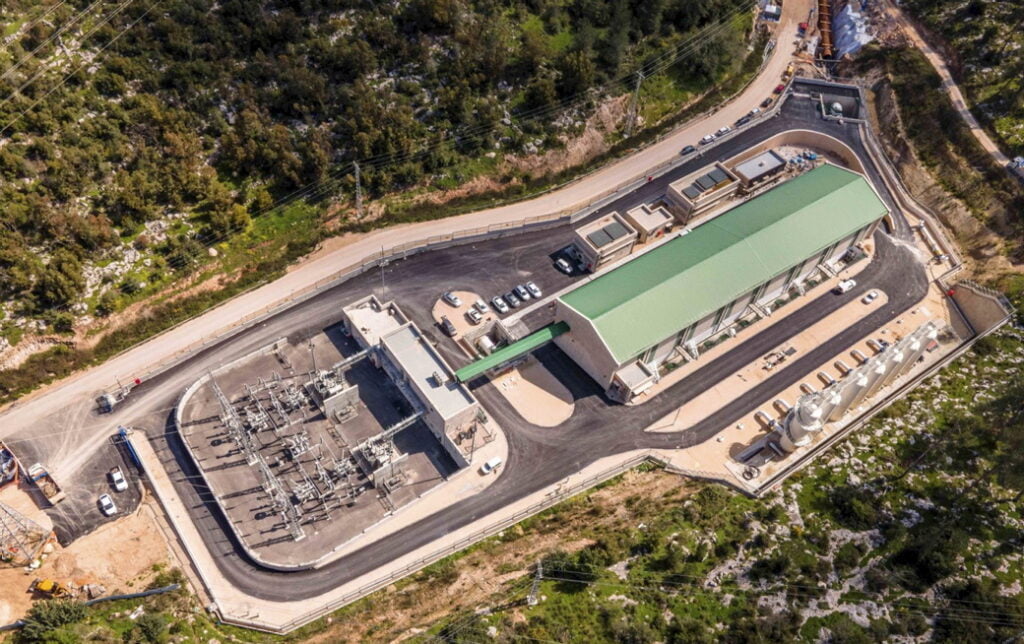
Desalination is only one part of Israel’s water success story. It has minimized leaks from supply pipes so that it loses only three percent of its water. That compares with 20 percent water loss in the UK, 50 percent in Bulgaria and 70 percent in Romania.
Israel is also at the forefront of re-using water, so 90 percent of what goes down the drain is purified to irrigate cherry tomatoes, dates, red peppers and many other crops. Second-placed Spain reuses just 30 percent of its water.
Israel’s total water demand every year is around 2.2 billion cubic meters. Desalination currently accounts for around a quarter of its water supply, but it will increase to almost half in the near future.
That, combined with minimal water loss and maximum reuse, positions Israel as a net water exporter.
“In Israel there are 10 million people, but we provide water for 14 million people. We are in a very, very good situation in the water sector. We provide water for the people of Israel, we provide water to the Kingdom of Jordan, and we provide water to the Palestinian Authority and to the Gaza Strip,” says Gutman.
“Theoretically, if the Syrian people or the Lebanese would ask us to get water, we could provide it.”

Despite these successes, the Kinneret remains important not just in terms of supplying Jordan, but as Israel’s emergency water source.
“We still consider it as our national emergency water reservoir, meaning if there’s an earthquake, a continuous state of emergency, or a war, and something happens, God forbid, to the desalination plants, we can and we will use the Sea of Galilee as our main water source for both domestic and agricultural use.”
The Reverse Water project was completed last December. The next step is a pipeline taking desalinated water from the south of the country direct to Jordan. Once the new pipeline is finished, it will, together with the Kinneret, supply Jordan with 200 million cubic meters a year – 40 percent of what it needs.
Related posts

Editors’ & Readers’ Choice: 10 Favorite NoCamels Articles

Forward Facing: What Does The Future Hold For Israeli High-Tech?

Impact Innovation: Israeli Startups That Could Shape Our Future


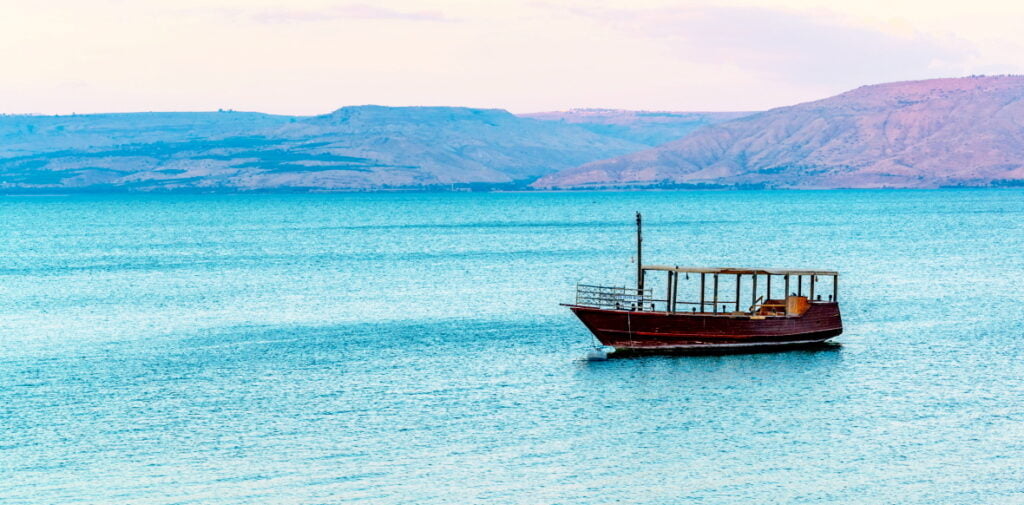

Facebook comments